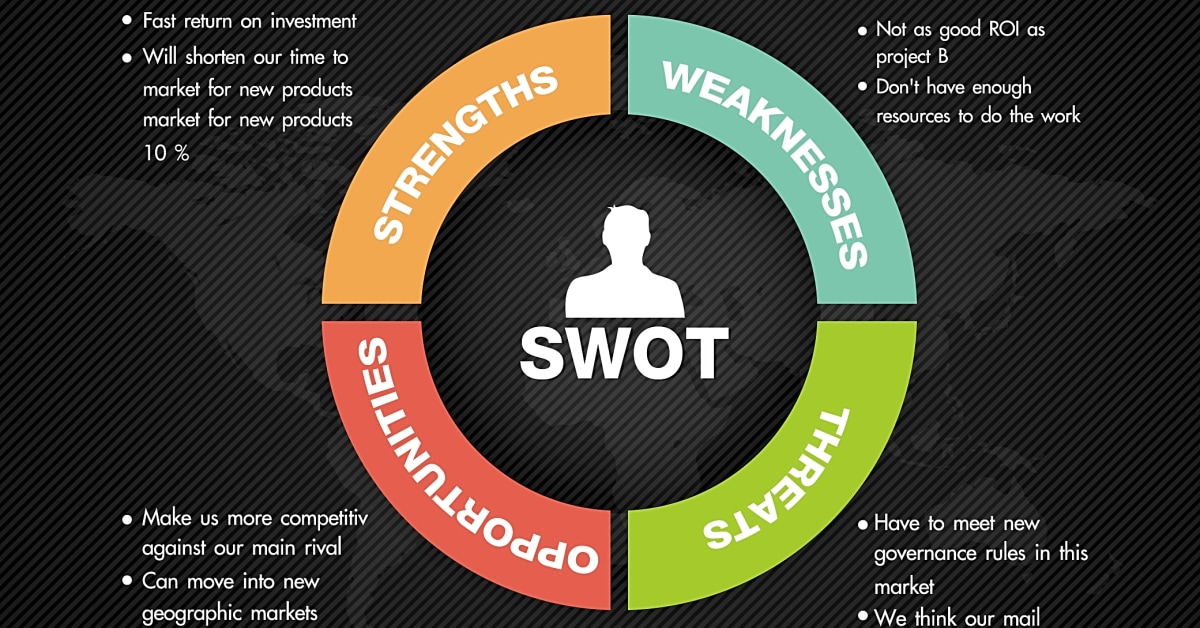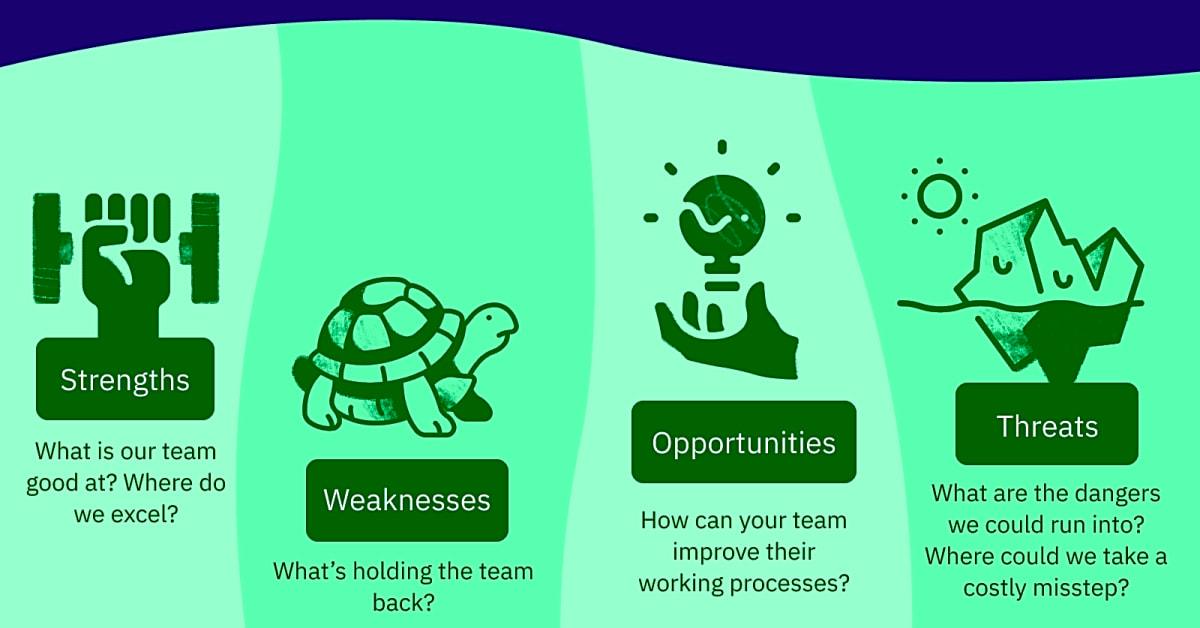Welcome to our article about understanding SWOT analysis for personal growth. In today’s fast-paced world, personal growth is a key aspect of success and happiness. But how exactly do we measure our personal growth and identify areas for improvement? This is where SWOT analysis comes in. SWOT analysis is a powerful tool that can help individuals gain a deeper understanding of their strengths, weaknesses, opportunities, and threats. In this article, we will dive into the world of SWOT analysis and how it can be used for personal growth. Whether you are looking to enhance your skills, advance in your career, or simply become a better version of yourself, SWOT analysis can guide you towards achieving your goals. So let’s explore the ins and outs of SWOT analysis and discover how it can contribute to your personal development journey.
To start, let’s define what a SWOT analysis is. SWOT stands for strengths, weaknesses, opportunities, and threats. It is a strategic planning method that helps individuals or organizations identify their internal strengths and weaknesses, as well as external opportunities and threats. This analysis can be applied to personal development by focusing on your individual traits, skills, and goals.
There are various reasons why someone may be interested in learning about SWOT analysis. Some may be looking for a general understanding of the concept and how to conduct one. Others may be seeking specific examples or templates to use. Additionally, there may be individuals looking for tools or frameworks to help them with their SWOT analysis, whether it be for business or personal development purposes.
To conduct a SWOT analysis for personal growth, you can follow these steps:
- Identify your strengths: These are your positive qualities or attributes that give you an advantage in achieving your goals. Examples could include your communication skills, creativity, or ability to work well under pressure.
- Acknowledge your weaknesses: These are areas where you may struggle or need improvement. It’s important to be honest with yourself when identifying weaknesses in order to address them effectively.
- Identify opportunities: These are external factors that could potentially benefit you and help you achieve your goals. This could include new job opportunities, networking events, or personal development courses.
- Recognize threats: These are external factors that could hinder your progress or pose a risk to your goals. Examples could include economic downturns, competition, or lack of resources.
By conducting a SWOT analysis, you can gain a better understanding of yourself and your surroundings, which can help guide your personal growth journey. It’s also important to note that a SWOT analysis should be revisited regularly as strengths, weaknesses, opportunities, and threats can change over time.
Some helpful tools for conducting a SWOT analysis include templates, which can be found online, or apps that guide you through the process step by step. Additionally, there are many examples of personal SWOT analyses available online that you can use as a reference.
It’s also worth noting that a SWOT analysis is just one tool in the personal development toolbox. It’s important to supplement this analysis with other techniques and strategies to create a well-rounded plan for growth and improvement.
Overall, conducting a SWOT analysis for personal growth can provide valuable insights and help you make more informed decisions about your future. By taking the time to identify your strengths, weaknesses, opportunities, and threats, you can create a solid foundation for self-improvement.
Tools for Conducting a SWOT Analysis
When it comes to personal growth, it’s important to have a clear understanding of your strengths, weaknesses, opportunities, and threats. A SWOT analysis is a useful tool that can help you identify these factors and create a plan for self-improvement. In this article, we will cover all the basics of SWOT analysis for personal growth.
Templates, apps, and examples can all be useful tools when conducting a SWOT analysis for personal development.
Why Conduct a SWOT Analysis?
When it comes to personal growth, it’s important to have a clear understanding of your strengths, weaknesses, opportunities, and threats. A SWOT analysis is a useful tool that can help you identify these factors and create a plan for self-improvement. But why should you conduct a SWOT analysis in the first place?
By identifying your strengths, weaknesses, opportunities, and threats, you can gain valuable insights into yourself and your personal growth journey. It allows you to see where you excel and where you may need to improve. This self-awareness is crucial for setting realistic goals and creating an effective plan for self-improvement.
Moreover, conducting a SWOT analysis can help you make the most of your strengths and opportunities while minimizing the impact of your weaknesses and threats. It allows you to strategically plan your personal growth journey and make informed decisions about where to focus your efforts.
Supplementing Your Analysis
When it comes to personal growth, it’s important to have a clear understanding of your strengths, weaknesses, opportunities, and threats. A SWOT analysis is a useful tool that can help you identify these factors and create a plan for self-improvement. However, it’s also important to remember that a SWOT analysis is not the only technique you should use for personal growth. In order to have a well-rounded approach, it’s important to supplement your analysis with other techniques and strategies.
One technique that can be used in conjunction with a SWOT analysis is goal setting. By setting specific and measurable goals, you can use your SWOT analysis to identify the areas where you need to improve and create a plan to achieve those goals. Additionally, seeking feedback from others can also be helpful in supplementing your SWOT analysis. Others may be able to provide insights and perspectives that you may not have considered.
Another strategy for supplementing your SWOT analysis is to continuously reflect on your progress. This can involve tracking your achievements and reviewing your strengths and weaknesses on a regular basis. By regularly reflecting on your progress, you can make adjustments to your plan and continue to strive towards personal growth.
In conclusion, a SWOT analysis is a valuable tool for personal growth that can help you gain a better understanding of yourself and your surroundings. By identifying your strengths, weaknesses, opportunities, and threats, you can create a solid plan for self-improvement. Remember to revisit your analysis regularly and supplement it with other techniques for the best results.

